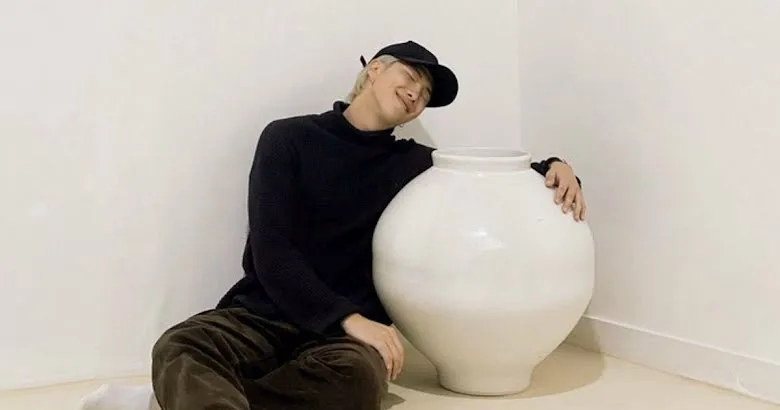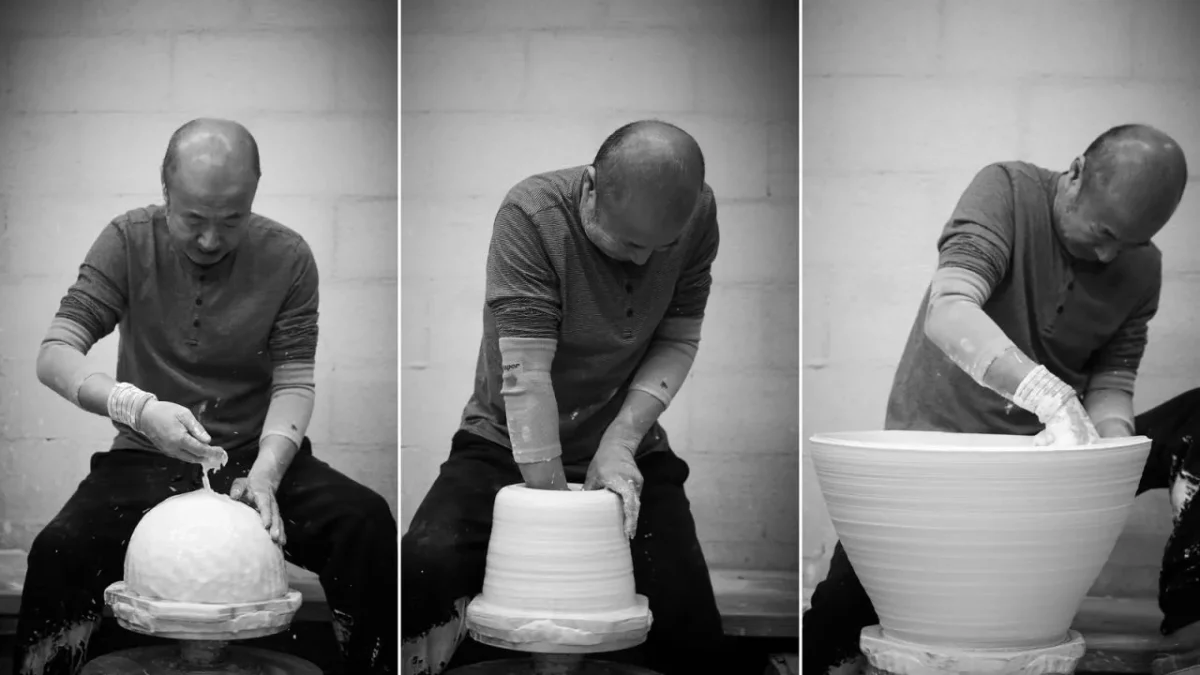The moon jar, or “dalhangari” in Korean, is not just an ordinary ceramic pot. Moon jars are an embodiment of centuries-old Korean artistry and a testament to the beauty of imperfections. These unassuming, round, white porcelain pots have captured the hearts of art enthusiasts globally. Some of them include prominent figures like rapper RM from K-pop sensation BTS and philosopher Alain de Botton.
Often described as old, round, imperfect, and beautiful, moon jars have transcended their humble origins. Their appeal now extends beyond the borders of traditional Korean art connoisseurs. A recent Christie’s auction saw a moon jar sell for an astounding $4.5 million (Ksh.66.3 million)

Also Read:
Million Dollar Jewelry Auction Cancelled Over Links to Nazi-Era
Artist Ordered to Return Museum Money After Submitting Blank Frames
The moon jar’s rarity plays a notable role in its skyrocketing prices. Crafted from pure white porcelain and kaolin clay, these jars were initially made between 1650 and 1750 in Korea during the Joseon dynasty.
Although they were produced for over a century, only a few are believed to exist today. Larger moon jars, measuring over 40 centimeters (15.7 inches) in height and width, are even scarcer. Estimates suggest only a dozen to thirty of them have survived through the years.
In the mid-20th century, moon jars gained international recognition. All thanks to influential admirers like Japanese folk crafts scholar Yanagi Soetsu and British potter Bernard Leach. The latter famously described owning a moon jar as “owning a piece of happiness.” He later give his pot to fellow potter Lucie Rie for safekeeping during World War II. It stayed in her studio until her death and was later acquired by the British Museum.

The moon jar’s beauty is both innate and emotional. Former director of the National Museum of Korea, Choi Sunu, likened them to companions that inspired his creativity. On the other hand, Bernard Leach admired their “natural unselfconsciousness.” More recently, K-pop sensation BTS’s RM shared how these pots made him feel calm.
The modern generation of Korean potters has been inspired by these timeless creations. Some pay homage by incorporating the moon jar’s essence into their own designs. Yet, others strive to replicate the traditional processes and imperfections that make these jars unique.
Subscribe to Switch TV for more content.
One such modern master, ceramist Kwon Dae Sup, creates unadorned white jars. He allows imperfections to shine through and showcases the lively and organic surface of the moon jar. For Kwon, working on moon jars is both labor-intensive and emotionally fulfilling. As a result, making each creation a unique and rewarding experience.
“There’s a great deal of preparation that goes into making a moon jar traditionally. It’s labor-intensive: washing, sifting impurities from the clay, kneading and rolling it to remove air bubbles, carrying around these large hunks, not to mention hand throwing the clay itself to that oversized bowl shape without collapsing, and the work keeping a pine wood fire burning for 24 hours while the pot hardens in the kiln.”
Kwon Dae Sup
















